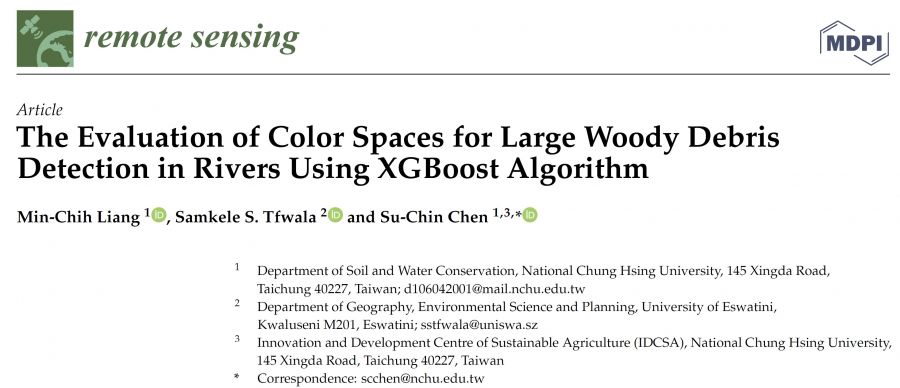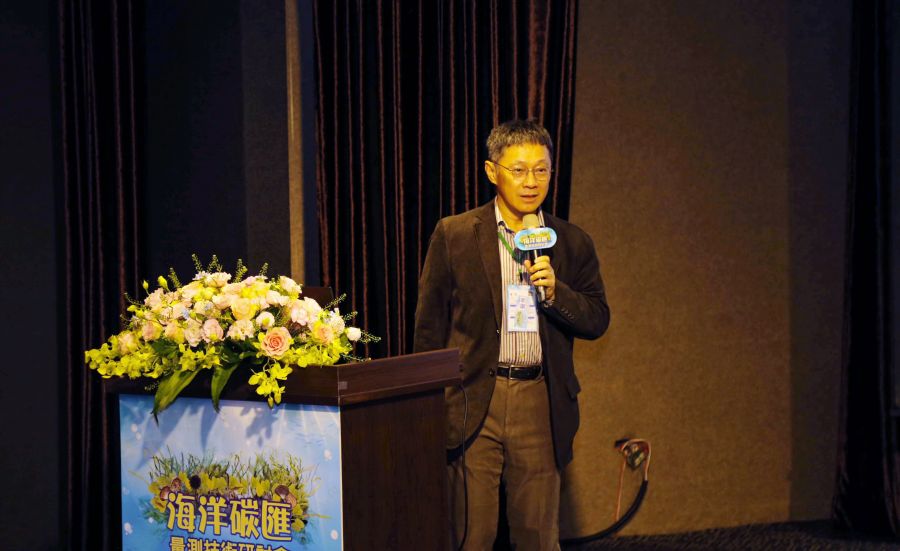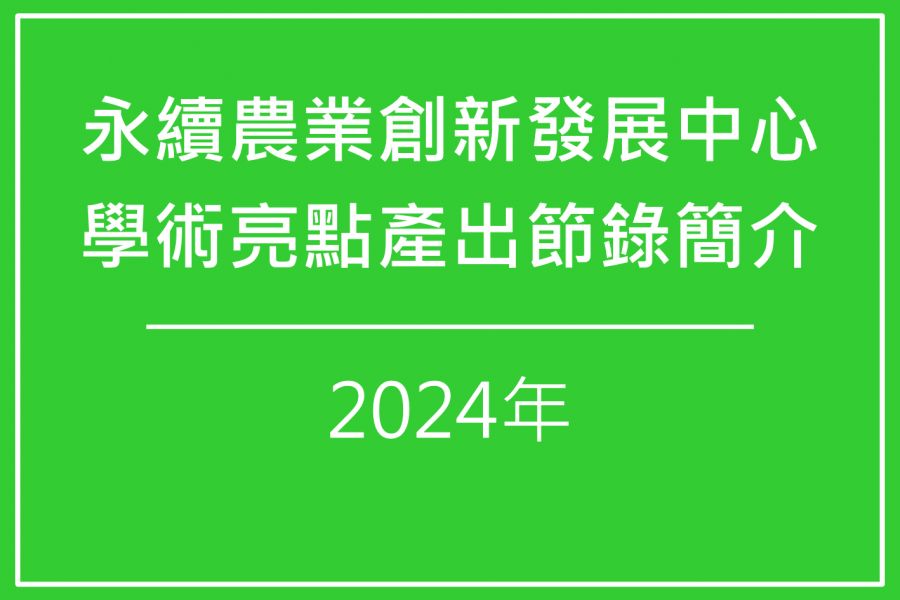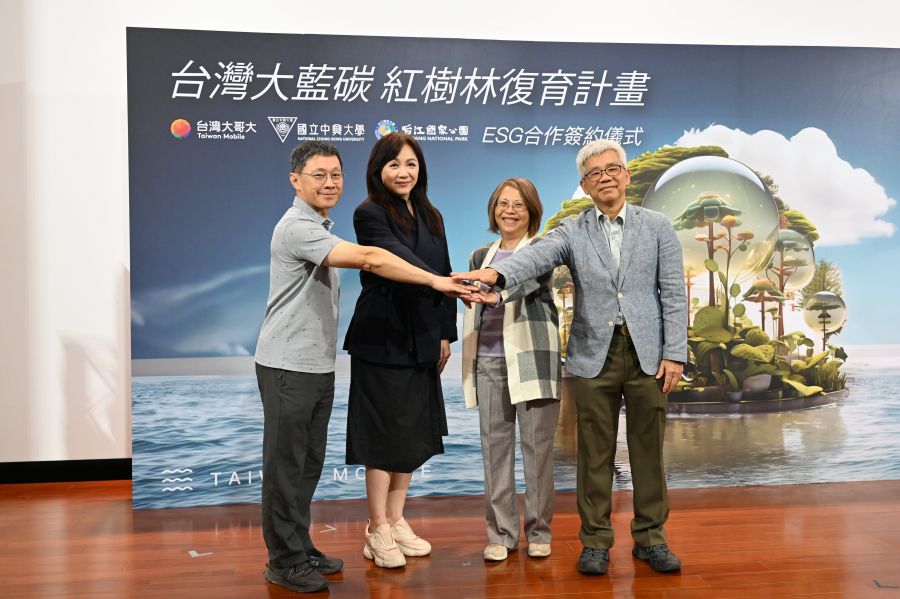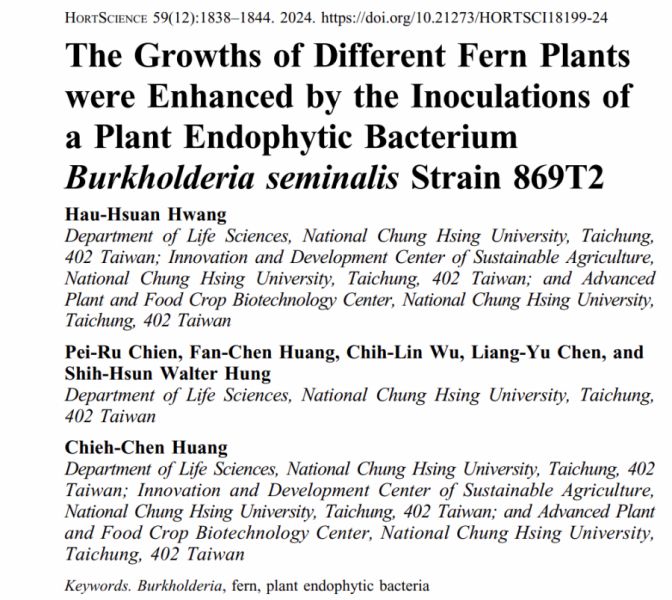生態農業:農業地景生態監測及復育【水土保持學系/陳樹群特聘教授】
| 論文篇名 | The evaluation of color spaces for large woody debris detection in rivers using XGboost algorithm |
| 期刊名稱 | REMOTE SENSING |
| 發表年份,卷數,起迄頁數 | 2022,14(4), 998 |
| 作者 | Liang, Min-Chih; Tfwala, Samkele S.; Chen, Su-Chin(陳樹群)* |
| DOI | 10.3390/rs14040998 |
| 中文摘要 | 大型漂流木(LWD) 對河流系統產生強烈影響,特別是在森林和山區集水區。在台灣LWD 主要來自颱風和極端暴雨事件。為有效管理有必要對河流系統進行定期調查。因此,簡單、低成本和精確的工具是必要的。所提出的方法應用圖像處理和機器學習(XGBoost 分類器)來量化 LWD 分佈、位置和河道中的體積。 XGBoost 算法因其可擴展性和更快的執行速度而被選中。位於台東縣的泥水北河作為調查區域。無人駕駛飛行器 (UAV) 用於捕捉地形和 LWD。運動結構 (SfM) 用於構建高分辨率正射影像和數字高程模型 (DEM),然後使用機器學習和不同顏色空間來識別 LWD。最後,估算了河流中 LWD 的體積。結果表明,RGB色彩空間作為LWD識別因子存在嚴重的共線性問題,容易丟失部分LWD信息;因此,它不適合 LWD 識別。相反,不同色彩空間中不同因素的組合增強了結果,並且大部分因素都與YCbCr色彩空間有關。 YCbCr 顏色空間中的 CbCr 因子最適合識別 LWD。然後使用手動、現場和自動測量從識別的 LWD 估算 LWD 體積。結果表明,人工測量方法是識別現場隨鑽測井體積的最佳方法(R2 = 0.88)。此外,自動測量(R2 = 0.72)還可以獲得隨鑽測井體積,以節省時間和勞動力。 |
| 英文摘要 | Large woody debris (LWD) strongly influences river systems, especially in forested and mountainous catchments. In Taiwan, LWD are mainly from typhoons and extreme torrential events. To effectively manage the LWD, it is necessary to conduct regular surveys on river systems. Simple, low cost, and accurate tools are therefore necessary. The proposed methodology applies image processing and machine learning (XGBoost classifier) to quantify LWD distribution, location, and volume in river channels. XGBoost algorithm was selected due to its scalability and faster execution speeds. Nishueibei River, located in Taitung County, was used as the area of investigation. Unmanned aerial vehicles (UAVs) were used to capture the terrain and LWD. Structure from Motion (SfM) was used to build high-resolution orthophotos and digital elevation models (DEM), after which machine learning and different color spaces were used to recognize LWD. Finally, the volume of LWD in the river was estimated. The findings show that RGB color space as LWD recognition factor suffers serious collinearity problems, and it is easy to lose some LWD information; thus, it is not suitable for LWD recognition. On the contrary, the combination of different factors in different color spaces enhances the results, and most of the factors are related to the YCbCr color space. The CbCr factor in the YCbCr color space was best for identifying LWD. LWD volume was then estimated from the identified LWD using manual, field, and automatic measurements. The results indicate that the manual measurement method was the best (R2 = 0.88) to identify field LWD volume. Moreover, automatic measurement (R2 = 0.72) can also obtain LWD volume to save time and workforce. |
| 發表成果與本中心研究主題相關性 | 漂流木的監測與判讀,可衍生至森林及農作物的AI判讀學習 |

